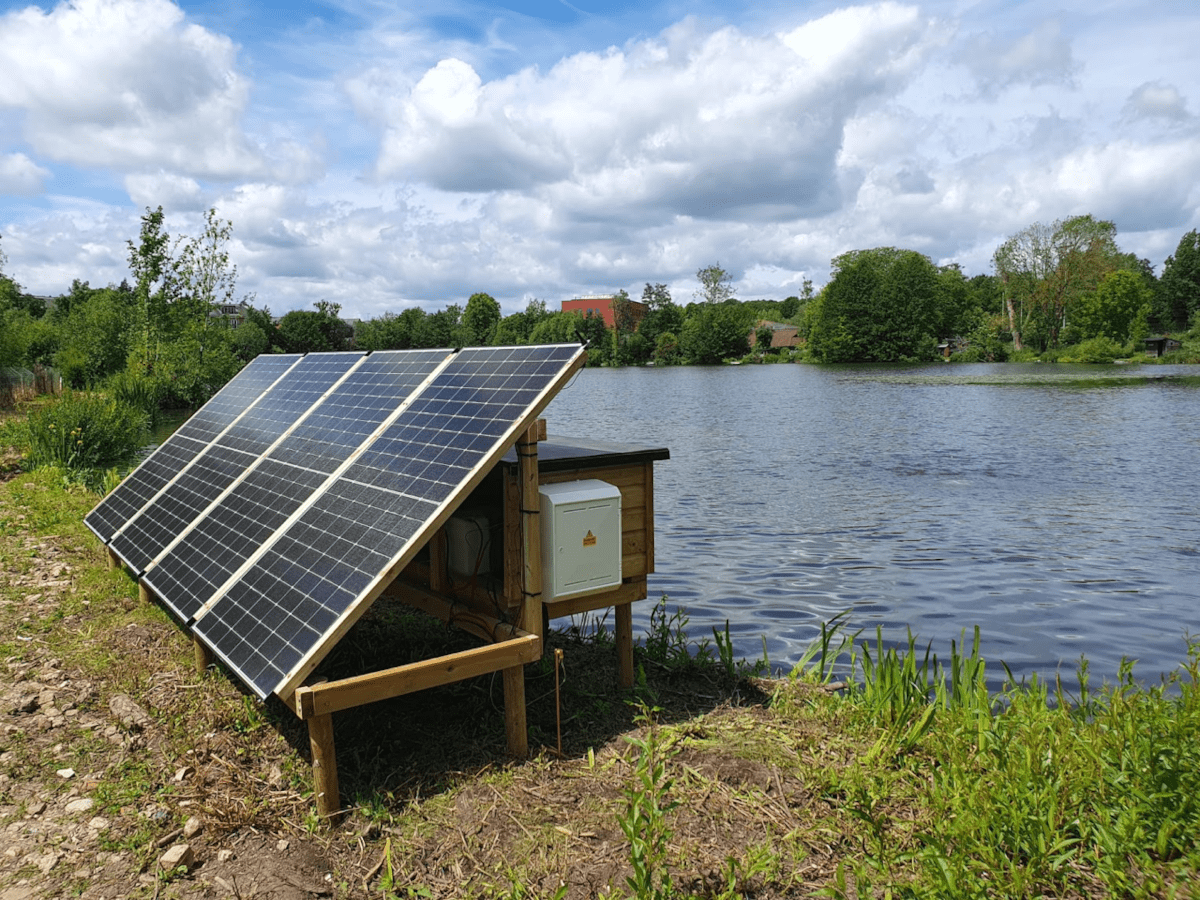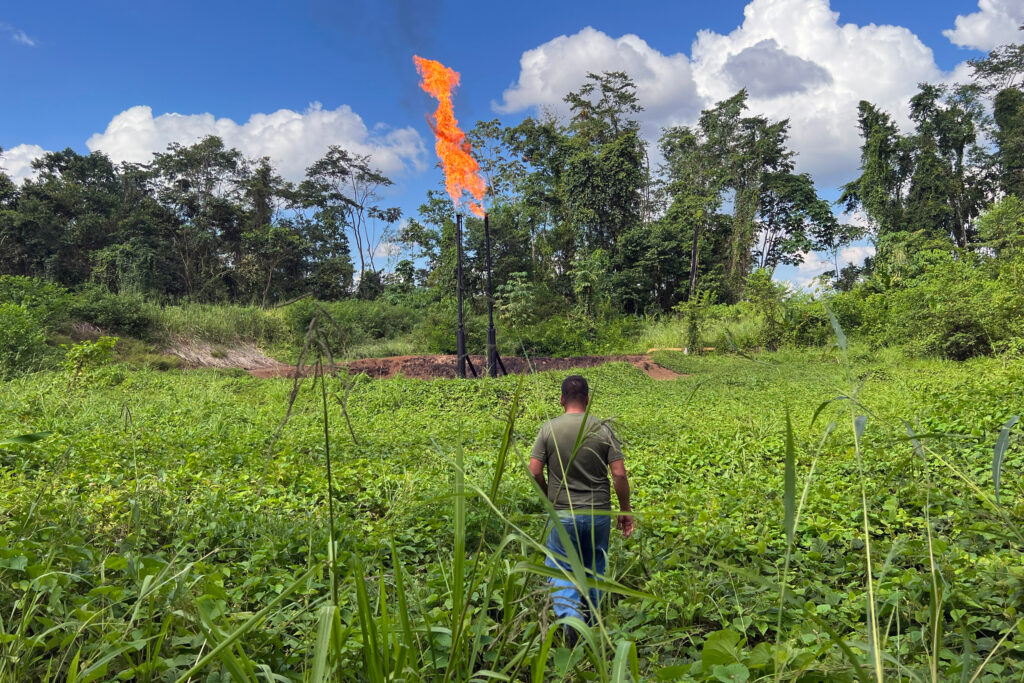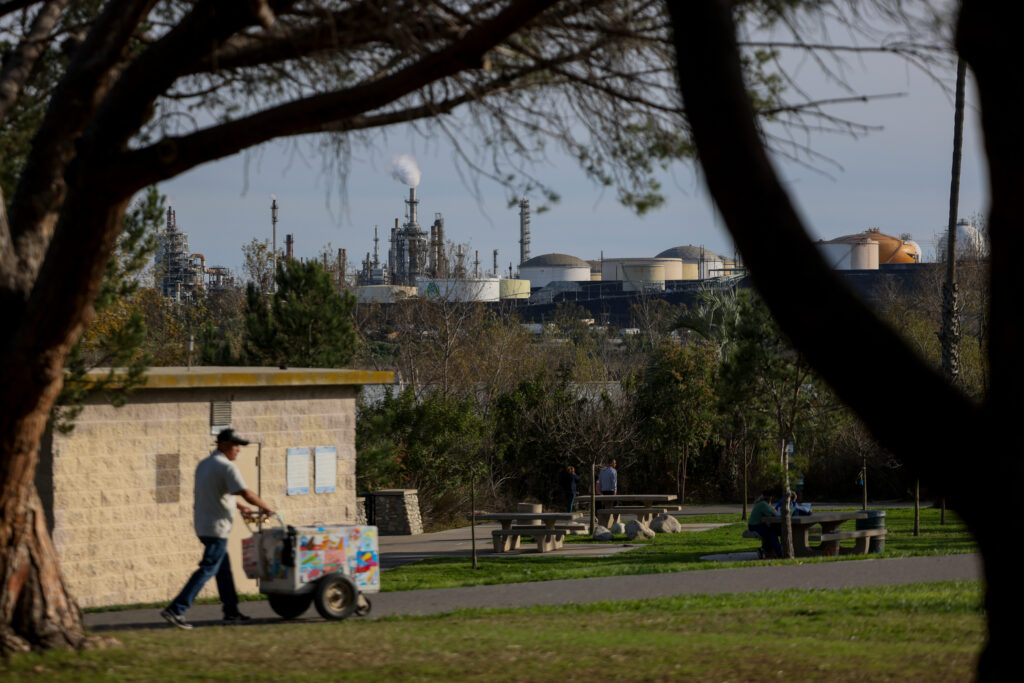In an article published in Nature Sustainability, researchers warn that discharges to the environment during drug production, use and disposal have resulted in ecosystems around the globe being polluted with mixtures of pharmaceuticals, posing a growing danger to wildlife and human health.
While emphasising that pharmaceuticals are indispensable in modern healthcare and will remain crucial in the future, the researchers highlight the need for designing and manufacturing more sustainable drugs to combat this issue at source.
“A wide variety of drugs have now been detected in environments spanning all continents on Earth,” said Assistant Professor Michael Bertram, a researcher at The Swedish University of Agricultural Sciences (SLU) and shared first author.
“Exposure to even trace concentrations of some of these drugs can have severe impacts on the health of wildlife and human populations, and has already led to severe population crashes in vultures throughout India and Pakistan, as well as widespread sex-reversal of fish populations exposed to the human contraceptive pill.”
Pharmaceutical pollution is a complex problem that demands a multifaceted solution. So far, environmental protection efforts have mainly been focused on upgrading wastewater treatment infrastructure to remove drugs before release into waterways more effectively.
Despite being an important part of an overall solution, wastewater treatment is unable to address this issue in isolation.
In the article, 17 leading international scientists call for an increased focus on designing greener and more sustainable pharmaceuticals to tackle this issue at its source.
“Because drug design is the first step in the life-cycle of pharmaceuticals, greener drugs reduce the potential for pollution throughout the entire cycle” said Gorka Orive, a scientist and professor of pharmacy based at the University of the Basque Country.
“Drugs need to be designed to not only be effective and safe, but also to have a reduced potential risk to wildlife and human health when present in the environment.”
Alarmingly, it is the very same characteristic of pharmaceuticals that makes them effective in human and animal patients that also makes them particularly hazardous environmental pollutants: drugs are specifically designed to have biological effects at low doses.
Pharmaceutical contamination of ecosystems is occurring alongside other widespread environmental changes, which can amplify the negative effects of drugs, including climate change and habitat destruction.
Pharmaceutical pollutants represent a particularly complex challenge given that many hundreds of different drugs have been detected in ecosystems globally that have an extremely wide range of effects, including anti-anxiety medications, antidepressants, antibiotics, and even illicit drugs such as cocaine and methamphetamine.
Charles Tyler, Professor of Environmental Biology and Ecotoxicology at the University of Exeter said: “Drugs in the environment has been an emerging issue for some time but now with evidenced cases for adverse effects in wildlife, together with a lack of data on the environmental risks for most drugs and marked increase in the use of many drug types, we need to better ensure that human medicines pose minimal threats to wildlife. Ensuring that ‘greener drugs by design’ features prominently in the drug development pipeline will help maximise environmental protection and in turn help to ensure the future sustainability of the drug industry and human medical healthcare.”
“We urge drug designers and manufacturers, scientists, and policy-makers to recognise the growing threat posed by pharmaceutical pollution, and to urgently prioritise the sustainable design of greener drugs in order to prevent further environmental harm,” said shared first author Professor Tomas Brodin at SLU.
‘The urgent need for designing greener drugs’ was published in Nature Sustainability in June.


















